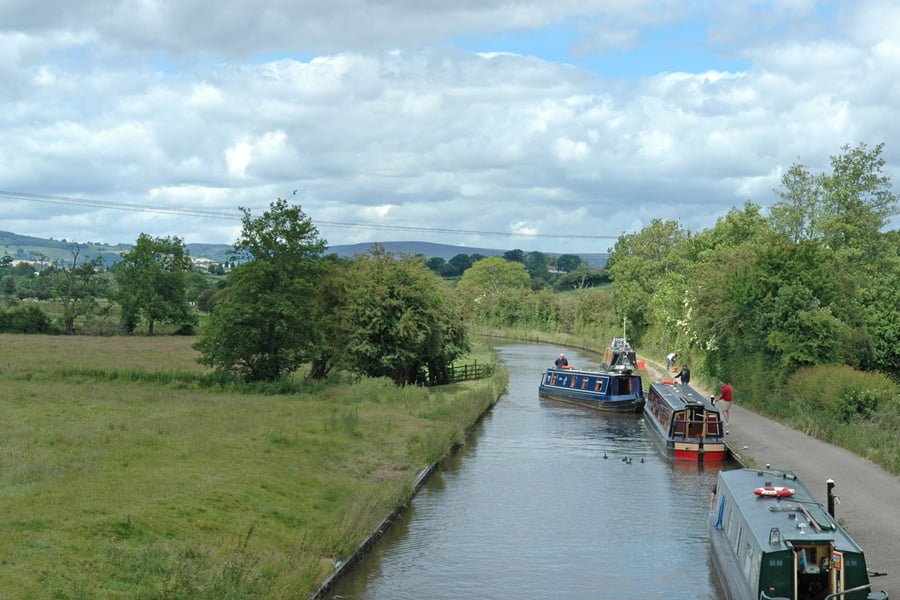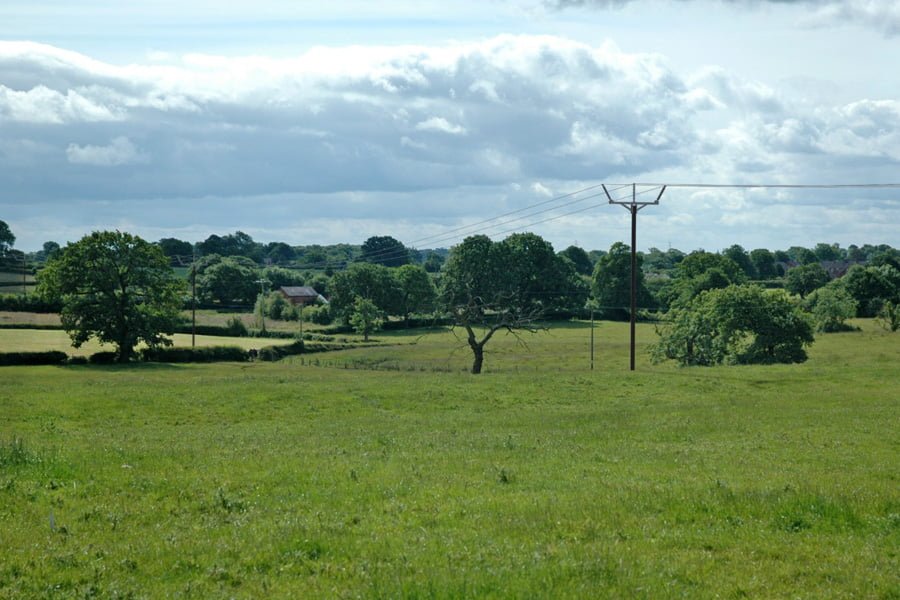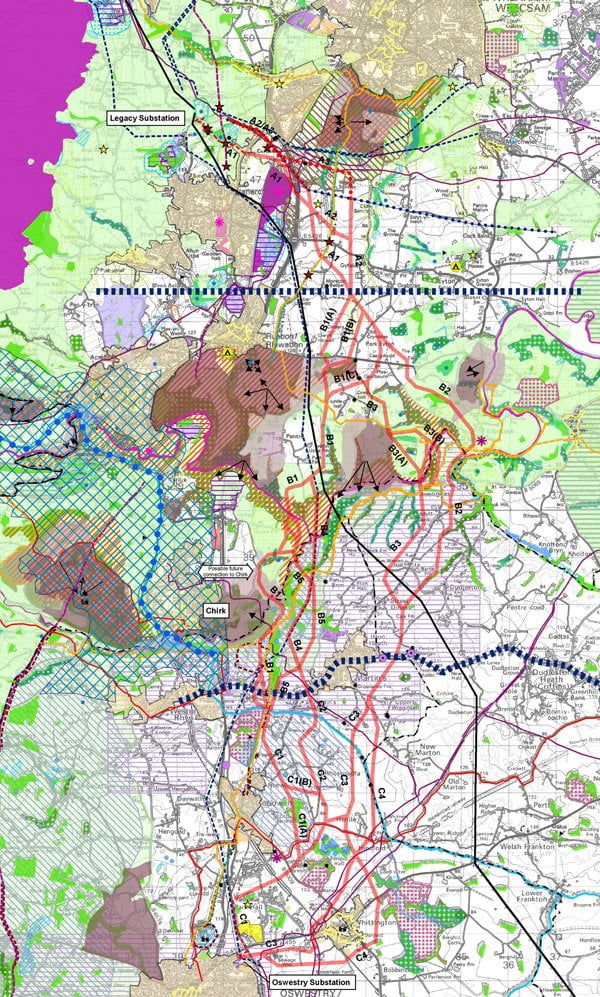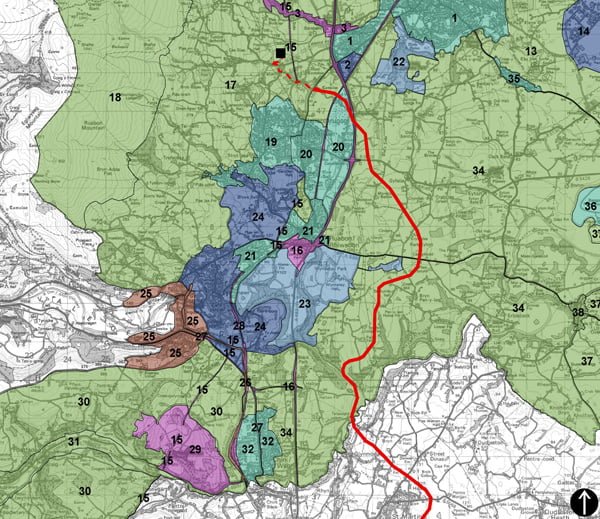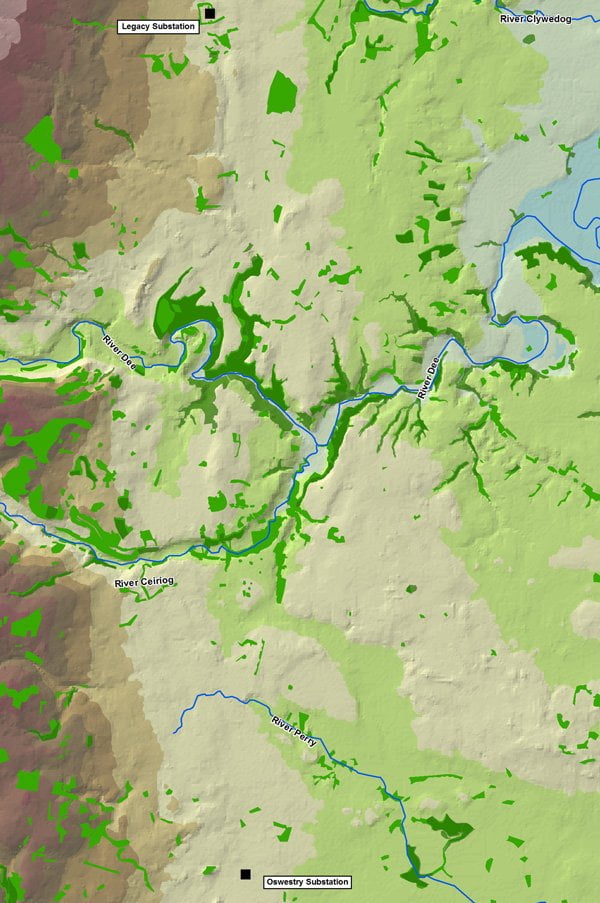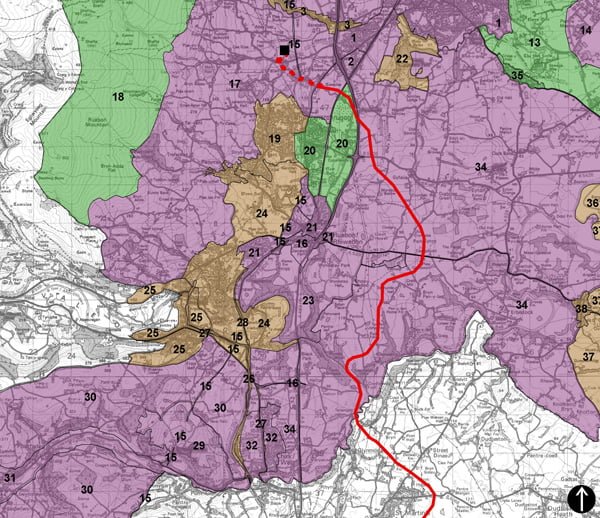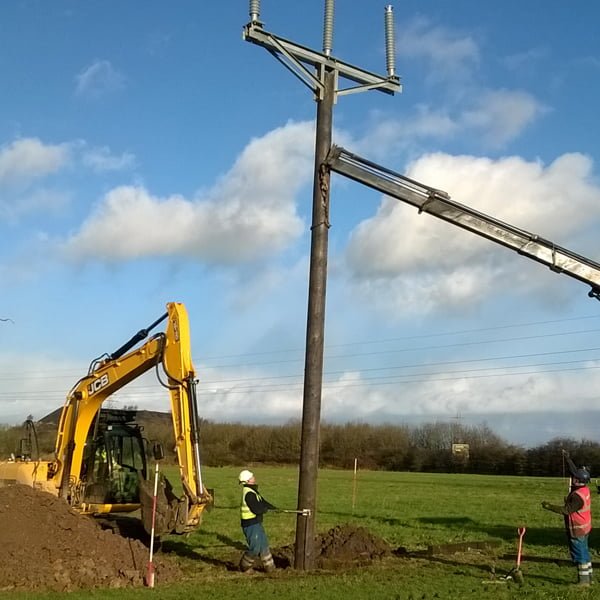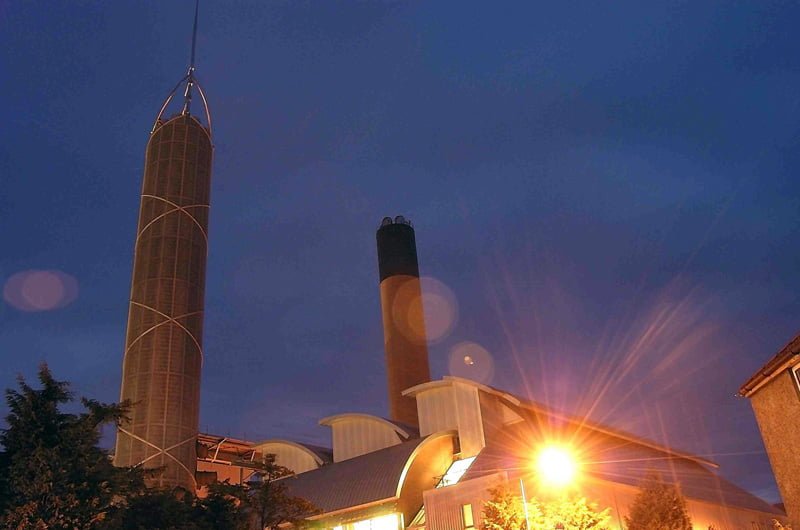TEP was appointed by Scottish Power Energy Networks to undertake routeing studies, consultation, Environmental Impact Assessment and expert evidence for new 21km section of 132kV overhead line between Legacy (nr Wrexham) and Oswestry.
TEP coordinated and prepared the EIA which included assessments of landscape and visual effects, protected species, habitats, land management, trees and woodlands, recreation and tourism and minerals and undertook consultations with relevant planning authorities, statutory nature conservation bodies and local groups.
TEP prepared visualisations of the proposed overhead line to assist with consultation and the public inquiry into the proposal, and associated wayleave hearings.
In respect of ecology, the route passed the Johnstown Newt Site SAC (Special Area for Conservation), near Wrexham. TEP prepared a Habitats Regulation Assessment and advised on line modifications to ensure no adverse effect on SAC status.
In preparing the EIA for the project, TEP co-ordinated inputs from line engineers, environmental and heritage specialists and town planners.
Following objections from local authorities and landowners, the scheme was subject to public inquiry. TEP’s landscape planners, ecologists and arborists presented evidence.
Planning permission was granted by DECC (Department for Energy and Climate Change) in 2013 and TEP then prepared landscape and ecological management plans for the construction stages of the project.
TEP was then appointed as Ecological Clerk of Works (ECoW) in 2014 and 2015 to ensure that the works were delivered in line with the ecological commitments given in the Environmental Statement.
TEP had developed good working relationships with landowners and engineers during pre-construction surveys and these allowed TEP to progress to becoming on-site ecological advisors.
The dynamic and challenging nature of the project meant that TEP had to be pro-active in dealing with ecological issues that arose due to engineering or operational changes (route change or access issues) in a way that did not adversely affect wildlife or trees, but also to ensure that wildlife issues did not cause unnecessary delay to the engineering works.
As the project spans two countries (England and Wales) and two councils (Wrexham and Shropshire), TEP’s ecologists needed to maintain good stakeholder relationships when dealing with ecological issues as the procedures relating to protected species differ between areas.


